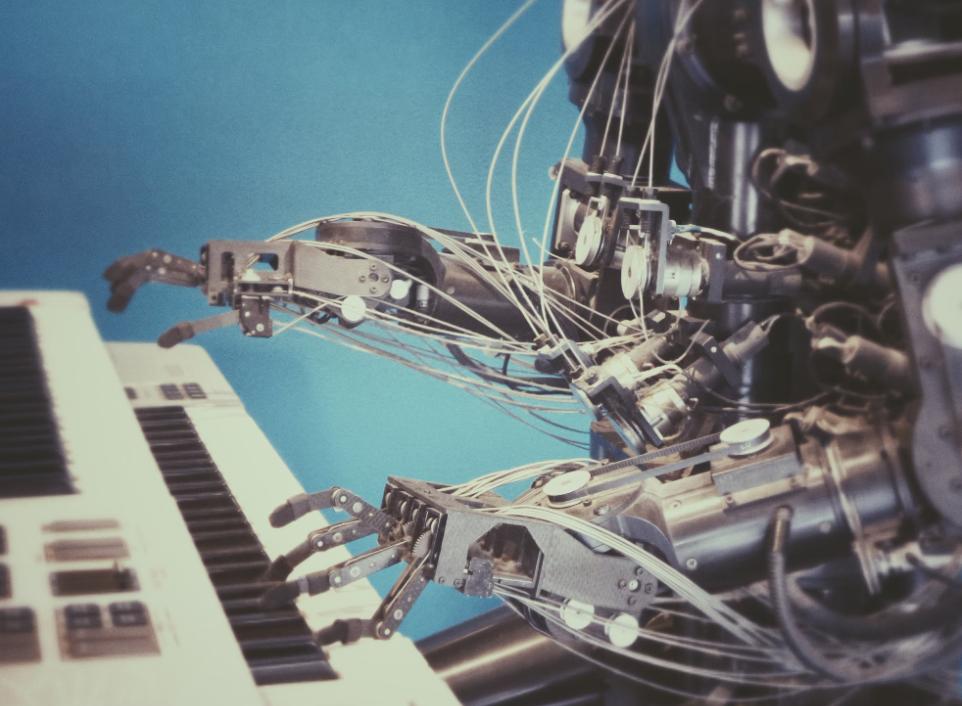Artificial Intelligence for Environmental Systems
One cannot ignore that climate and environment improvement demand an investment of sorts, whether be it financial, academic, cultural, or even emotional. In this opening story at Horasis Insights, I would like to share how Artificial Intelligence (AI), a tool, has an impact on environmental systems. AI for the environment will strive to improve resilience and influence environmental decision-making.
‘Artificial Intelligence refers to complex software that performs tasks in a way similar to human brains, often by sensing and responding to a feature of their environment’ as per the Science Alert website. The various forms of AI include robotics, machine learning, and deep learning. For machines to become intelligent, humans need to feed them with data. Barring challenges of AI, such as cost and regulatory approval, what this means for interaction with the environment is:
- Emotional addiction towards AI: the Tamagotchi Effect is when humans develop an emotional attachment to machines. I imagine that AI could attract the common man (as environmental challenges are best faced by the common man) to frequently upload local environmental data to the server. Being a boon for the proprietor of the AI application, this could be a potential threat to other communities. ‘Data is the new oil’ as per Clive Humby, is only fuelled by AI systems.
- Predictability of AI: climate unpredictability affects supply chains, transportation, agriculture, and policymaking. Imagine a chess game and its several strategies. If AI for the environment were to collate all possible scenarios of climate adaptation and mitigation, it would yet need to combat differing parameters such as population, human behaviour, war, and resistance to AI. ‘Who will guard the guards themselves’? How reliable is AI for the environment? Should decision-makers rely on AI and specifically for what? Will advanced forms of AI replace elementary forms?
- A shift in power structures: environmental professionals have spoken against capitalism. Likewise, many futurists have condemned the unlawful consequences of AI or robotics. The development of AI relies on technology companies and government departments. Let us assume that local AI keeps compounding, then – will the power of environment decision-making shift to owners of data? Will there be an increase in prime-time debates circling ethics versus technology? Would the recently formed Global Partnership on AI have a crucial role to perform? Even the Pope, in his Monthly Intentions (November 2020), stated, ‘we pray that the progress of robotics and artificial intelligence may always serve humankind.’
We know that AI is only as good as the data, code, and metrics fed into the system. Here are two instances of how AI interacts with the environment:
- Biodiversity: AI for biodiversity helps better understand the behaviour patterns of birds and animals. These patterns show how an ecosystem is interconnected.
Project SharkEye, California uses drones and AI to scan a coastline and identify the shark population and position, keeping both humans and sharks safe. Here AI contributes to the detection of habitat loss and surveillance. Similarly, in 2020, French and German researchers fit birds with electronic tags and enabled their feeders (food tray) with cameras. The AI within the system allowed researchers to learn of an individual bird within a given species without being invasive. Also, I saw a Netflix show called Connected. It explained how tracking systems attached to a migratory bird species provided researchers an early warning system to study the likelihood of a hurricane. Such an analysis of biodiversity through machine automation creates trends of nature-based occurrences. They help us prepare for catastrophic risk.
There are also examples of AI for farm-level management. AI has helped to identify facial expressions of pigs or movements of cows, whether be it eating, grazing, standing, or laying.
- Smart transportation and logistics: policy for mobility helps evolve public transportation, discourages ownership of private vehicles, and rewards electric mobility. In turn, this will require improved AI ability. Imagine – you leave home and at your doorstep awaits an on-demand electric public bus. The mirror recognises your face, and an automated voice provides the bus driver a second verification. You hop on to find an autonomous tram zip past and a car being auto parked in the nearby car park. The bus crosses the intelligent traffic light only to announce the amount of CO2 averted at the previous red traffic light.
Route optimization and communication among other busses on the network (also a common trend among logistics transport vehicles) provide information on the environment metrics of your ride. AI in supply chains (land, air, or sea) use predictive maintenance and predictive planning of demand to help reduce costs.
The reality of embodied AI (where AI progresses through interaction with its environment) is not too far. As of 2017, automotive AI was a global industry of half a billion dollars. It is expected to touch roughly 9 billion dollars by 2025. Would such pace of investment suggest automotive AI interact with other systems of AI?
There are many other instances of AI for the environment that help keep the air clean, maintain water security, or directly address climate change. There would come a time when AI for the environment could interact beyond industry norms. What would that mean for climate change and the environment? Would information overload solve critical challenges, or will data just be sold to the highest bidder? How will humans keep track of communication among varying AI systems? AI must help humans better understand ecosystems and this secures a promising future for the AI-environment-human nexus.
Forecasts indicate the expansion of global AI markets in areas dominated by e-commerce, telecommunications, streaming content, and the medical, retail industry. The footprint of automotive AI is also on the rise. Such expansion and promising future of AI provides two closing thoughts:
- Altruistic impact (also AI): the training ground of AI for the environment is application based. AI is meant to serve decentralized communication, aid in environmental decision-making, provide clues for future investments, prevent accidents of varying impact, and other such altruistic acts of betterment. AI, like a nurse or firefighter, should work for the system. Then, why should AI be considered a threat?
- AI literacy: there was an instance in 1983 when lieutenant colonel Stanislav Petrov favoured his human judgement. Accordingly, he did not fire nuclear missiles from USSR to the USA as per a false alarm generated by the USSR AI system. Hereby he became the man who saved the world. AI literacy is the ability to judge when, where, and under what circumstances should we rely on AI models. AI-generated deepfakes (synthetic media) and deep media have already begun to show what mockery they can perform. To answer whether AI is a threat and to whom, one needs to imagine a world without AI. In a time without AI, our biggest concerns were the Millennium Development Goals. What is the role of AI to achieve SDGs?
Artificial Intelligence has come a long way since Alan Turing. He was a mathematician and pioneer of computer science and artificial intelligence who decoded the German Enigma Code that contributed to the downfall of Germany during World War Two. Today, AI has begun to interact with us in ways that have visible long-term effects. The applications of AI spans industries and cultures. AI is possible to learn and decision-makers must learn the language. When it comes to decoding environmental decision making, I would like to rely on my opening stance that AI for environmental systems is an investment decision; nothing more, nothing else.



